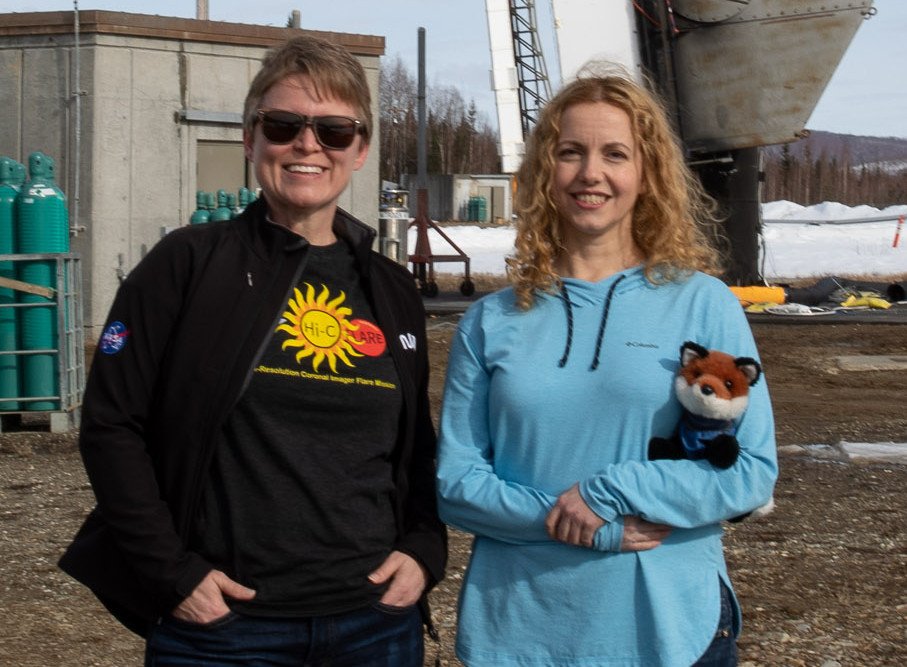Events
Events Calendar
Think Global, Act Local: Demographics of the Space Sciences
Thursday, Nov. 10, 2022, 12:10 p.m. through Thursday, Nov. 10, 2022, 1:10 p.m.
301-20 Tate Hall
Colloquium: Jos Uffink, Philosphy, UMN
Thursday, Nov. 3, 2022, 3:35 p.m. through Thursday, Nov. 3, 2022, 4:35 p.m.
This colloquium will be in-person only in Tate B50.
Abstract:
Thermodynamics, a venerable physical theory from the 19th century, is nowadays often regarded as just a limiting case of the various theories in statistical physics in the “thermodynamical limit”; not as a physical theory on its own. Nevertheless, there are arguments to take the approach of the 19th century founders of this theory (Clausius, Kelvin, and Planck a.o.) seriously even today as thermodynamics is being applied to more exotic objects like black holes.
I will in this talk review the foundational assumptions of classical thermodynamics and problems and the disputes surrounding them until today.
Colloquium: Raffaella Margutti, U of CA, Berkeley
Thursday, Oct. 27, 2022, 3:35 p.m. through Thursday, Oct. 27, 2022, 4:35 p.m.
This colloquium will be online only.
Abstract: Astronomical transients are signposts of catastrophic events in space, including the most extreme stellar deaths, stellar tidal disruptions by supermassive black holes, and mergers of compact objects. Thanks to new and improved observational facilities we can now sample the night sky with unprecedented temporal cadence and sensitivity across the electromagnetic spectrum and beyond. This effort has led to the discovery of new types of astronomical transients, revolutionized our understanding of phenomena that we thought we already knew, and enabled the first insights into the physics of neutron star mergers with gravitational waves and light. In this talk I will review some very recent developments that resulted from our capability to acquire a truly panchromatic view of transient astrophysical phenomena. I will focus on two key areas of ignorance in the field: (i) What are the progenitors of stellar explosions and what happens in the last centuries before death? (ii) What is the nature of the compact objects produced by these explosions and what happens when compact objects merge? The unique combination of Discovery Power (guaranteed by planned transient surveys across the electromagnetic spectrum, combined with efforts in the realm of artificial intelligence) and Understanding (enabled by multi-messenger observations) is what positions time-domain astrophysics for major advances in the near future.
Colloquium: Irfan Siddiqi, UC Berkley
Thursday, Oct. 20, 2022, 3:35 p.m. through Thursday, Oct. 20, 2022, 4:35 p.m.
This colloquium will be in person, in B50 Tate
Abstract: Quantum mechanics describes the physical world around us with exquisite precision, with no known violations of the theory. Ironically, this precision comes with some additional baggage: the theory permits the existence of a host of complex, delicate entangled states of the physical world, many of which have yet to be produced or observed. The debate of whether their quantum entanglement really captures the fundamental nature of the physical world and is an engineering resource is reaching a critical moment. Quantum processors with of order 100 qubits based on superconducting circuitry have recently demonstrated computing power on par with the most advanced classical supercomputers for select problems. Current hardware is, however, prone to errors from materials defects, imperfect control systems, and the leakage of quantum information into unwanted modes in the solid-state. I will describe the major decoherence pathways present in state-of-the-art superconducting quantum processors, illustrate techniques to maximize the computing power of imperfect qubits, and highlight recent quantum computations for determining chemical energies, solutions to the transverse-field Ising model, scrambling dynamics in black holes, and nuclear scattering.
Irfan Siddiqi is the Director, Quantum Nanoelectronics Laboratory (QNL) U of CA, Berkeley
Colloquium: Katrin Heitmann, Argonne National Laboratory
Thursday, Oct. 13, 2022, 3:35 p.m. through Thursday, Oct. 13, 2022, 4:35 p.m.
This colloquium will be in person, in B50 Tate
Abstract: Three decades of surveying the sky have culminated in the celebrated cosmological standard model, yet 95% of the mass-energy of the Universe is still a mystery, residing in dark matter and dark energy. To address these mysteries, major cosmological surveys are ongoing and new ones will soon start. There are tremendous modeling and simulation challenges posed by these observations in order to enable the full interpretation of the associated cosmological measurements. In this talk I will discuss recent advances in large-scale simulations on the way to prepare for the arrival of the first exascale supercomputers. I will describe an ambitious end-to-end simulation project that attempts to provide a faithful view of the Universe as seen through the Rubin Observatory's Legacy Survey of Space and Time (LSST). This resulting synthetic sky provides many opportunities for exploring new ways to optimize the science return of LSST.
Colloquium: Pat Kelly, University of Minnesota
Thursday, Oct. 6, 2022, 3:35 p.m. through Thursday, Oct. 6, 2022, 4:35 p.m.
This colloquium will be in person, in B50 Tate
Abstract: Massive stars drive the evolution of galaxies through their winds, ionizing radiation, and energetic explosions as supernovae (SNe). We have lacked a means, however, to study massive stars in detail beyond the very nearby universe, because it has not been possible to resolve individual stars in distant galaxies. Using the Hubble and, very recently, the James Webb Space Telescopes, we have discovered the first set of individual, highly magnified stars at cosmological distances. These become visible due to their extreme magnification by foreground galaxy-cluster gravitational lenses, with additional time-varying contributions from individual objects in the cluster. The fluctuation of their magnification depends upon the constituents of the foreground galaxy cluster, including of its dark matter, which will allow the use of these stars as powerful probes. I will next describe the measurement of a new, independent estimate of the Hubble constant from a multiply imaged, gravitationally lensed supernova (SN), and novel constraints on the radius of an individual red supergiant star at a lookback time of 11.5 Gyrs. Using the current sample of SNe multiply imaged by galaxy clusters, we have inferred a rate of core-collapse SNe at lookback times of 10-12 Gyrs that is in tension with existing constraints. Finally, I will describe the Total-Coverage Ultrafast Response to Binary Mergers Observatory (TURBO), which will enable insights into SN explosions and the mergers of their compact remnants in the nearby universe.
Public Telescope Viewing
Friday, Sept. 30, 2022, 8 p.m.
Tate Hall
Presentation: Room 105
Viewing: Room 510
Presenter: Derek Perera, John Miller
Topic: Gravitational Lensing
Join us on Friday night for rooftop observing through our historic telescope in the dome of Tate Hall. There will be a presentation followed by outdoor observing (weather-permitting). You will have the chance to observe some of the same celestial objects that have inspired sky-gazers throughout history!
Colloquium: Robert Socolow, Princeton
Thursday, Sept. 29, 2022, 3:35 p.m. through Thursday, Sept. 29, 2022, 4:35 p.m.
This colloquium will be remote only via zoom: https://umn.zoom.us/j/94831171860
Abstract: Physics simplifies, often productively. I report on small personal and collaborative contributions to planetary thinking that have a physics style. Among the topics discussed are global stocks and flows of energy and carbon, geophysically closed carbon cycling, global distributions of individual emissions, project-level committed emissions, linkages between nuclear power and nuclear weapons, and energy-efficient buildings. The goal is to persuade physicists to contribute to the creation of a sustainable world through their research and teaching.
Public Telescope Viewing
Friday, Sept. 23, 2022, 8 p.m. through Friday, Sept. 23, 2022, 10 p.m.
Tate Hall
Presentation: Room B20
Viewing: Room 510
Enter through Church Street Entrance
Presenter: Daniel Warshofsky
Topic: A Star's Life
Join us on Friday night for rooftop observing through our historic telescope in the dome of Tate Hall. There will be a presentation followed by outdoor observing (weather-permitting). You will have the chance to observe some of the same celestial objects that have inspired sky-gazers throughout history!
Misel Colloquium: Carlos Frenk
Thursday, Sept. 22, 2022, 3:35 p.m. through Thursday, Sept. 22, 2022, 4:35 p.m.
B50 Tate Hall
The “Lambda cold dark matter'' (LCDM) cosmological model is one of the great achievements in Physics of the past thirty years. Theoretical predictions formulated in the 1980s turned out to agree remarkably well with measurements, performed decades later, of the galaxy distribution and the temperature structure of the cosmic microwave background radiation. Yet, these successes do not inform us directly about the nature of the dark matter. This manifests itself most clearly on subgalactic scales, including the dwarf satellite galaxies of the Milky Way and especially less massive dark matter halos, too small to have made a galaxy. Apparent contradictions between the predictions from cosmological simulations and observations have led to the perception of a “small-scale crisis” for LCDM. I will argue that this perception stems from an inappropriate application of the simulations and that, in fact, the theory is entirely consistent with available data. I will contrast the predictions of LCDM with those of the interesting alternative of warm dark matter and show how forthcoming gravitational lensing and gamma-ray data can conclusively distinguish between the two.
School News

Kruegler receives NASA FINESST Fellowship

Lysak featured on public radio
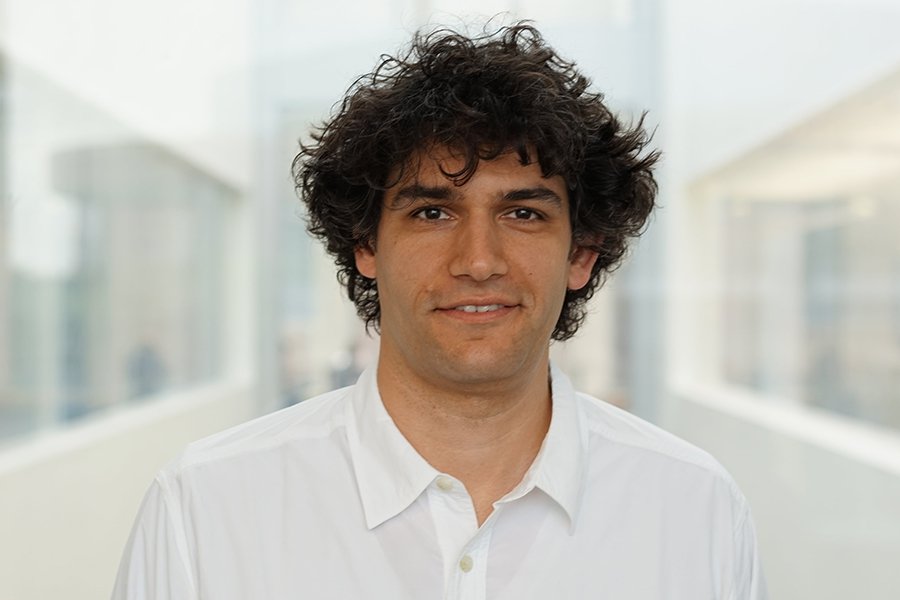
Pribiag receives prestigious $1.25M physics investigators award
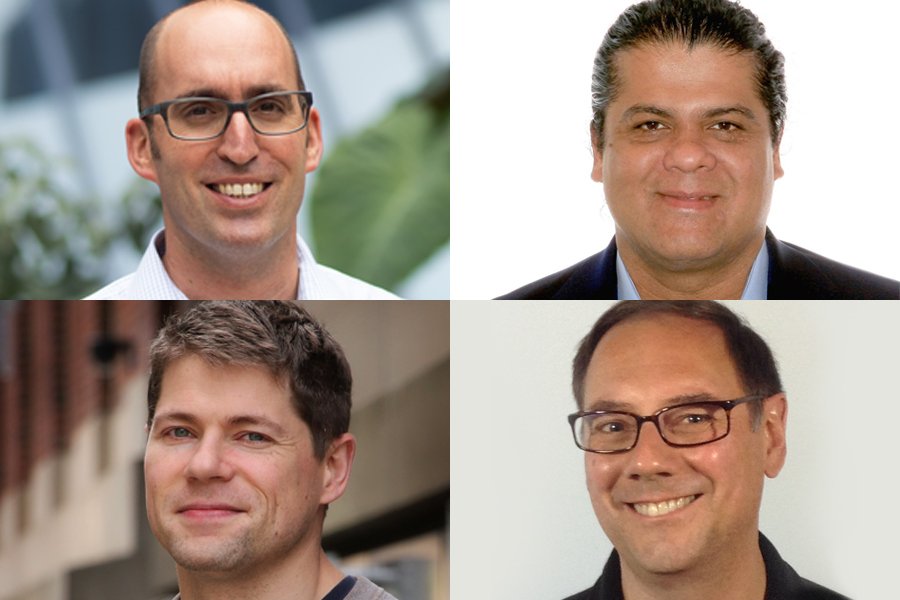
Four new CSE department heads begin in 2024-25
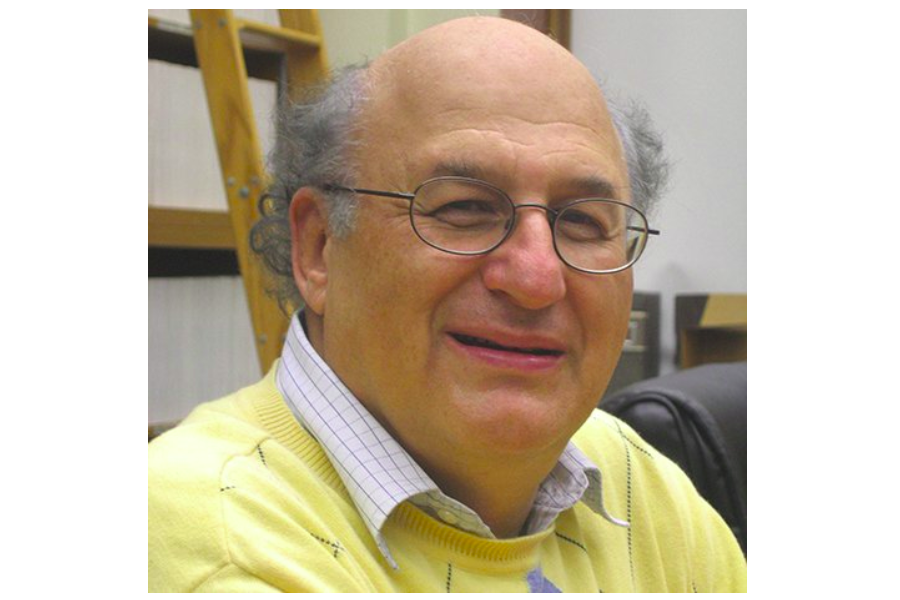
Shifman named Regents Professor

Glesener awarded Allen M. Goldman Faculty Fellowship

Burnell appointed to Tang Family Professorship
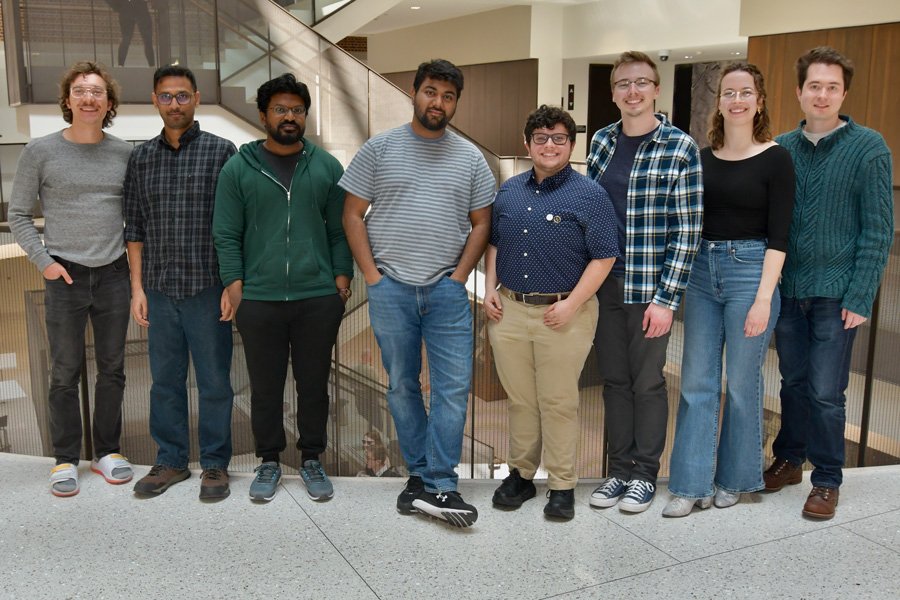
2024 Graduate Awards and Fellowships
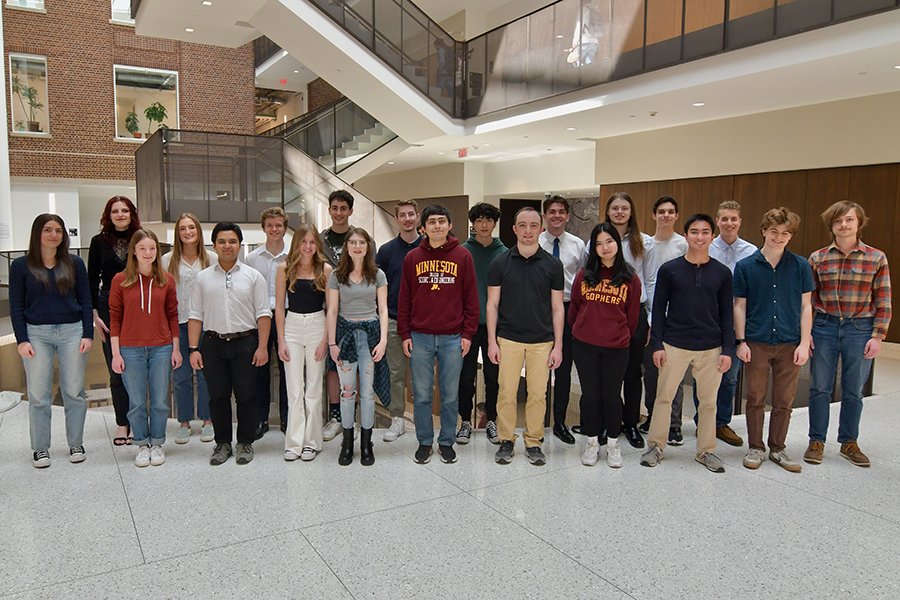
2024 Undergraduate Scholarship Recipients
